While stopping to breathe on Hardscrabble Pass during this year's Ride the Rockies, I noticed a tri-petaled blue flower I was determined to crochet once I got home. But first I had to figure out what kind of flower I had seen.
I perused the blue and purple specimens on Southwest Colorado Wildflowers, a wonderful and informative free website managed by Al Schneider of the San Juan/Four Corners Native Plant Society and hosted by mydurango.net. What a marvelous service Al and mydurango.net provide! Al's been doing this for 14 years and still updates the site almost daily.
I love exploring the blue and purple flower photographs on Al's site because, as you probably know, blue is my favorite color, and I grow many of the drought-tolerant blue wildflower in my own garden. When I find a new (to me) blue wildflower such as the spiderwort, I order seeds from wherever I can find them, if I can find them, and try my green thumb at growing them.
So, I've planted both the purple and blue versions of the spiderwort, but no flowers yet. (Just looking up Al's photos again as I write this post, I see the grasslike blades growing both indoors in a pot and outdoors may indeed be spiderwort! I won't pull them up as weeds!) So no flower pictures of my own yet, darn it! (What do you bet my newest blue flowers become a Wordless Wednesday in the next month or two?) Mrs. Micawber has a simply gorgeous spiderwort photo here, and Google helped me find the seeds as well as more photos.
This flower works up lovely for greeting cards and gift tags! I might include one on my next gift of homemade soap, too, just because!
After I finished writing this pattern, Dave's Garden's weekly email featured prairie spiderwort!
You may do whatever you'd like with flowers and/or snowflakes you make from this pattern, but you may not sell or republish the pattern. Thanks, and enjoy!
Other flower flakes in this series include:
Mother's Day Snowflake Motif
Sunflake III
Daisyflake
Picotee Snowflake
Chamomile Snowflake
Lobelia Snowflake
Hoyaflake
Daffodil Snowflake
Windflower Snowflake
Blue Flax Snowflake
Finished Size: flower, 1.5 inches across; snowflake, 5 inches across from point to point
Materials: Size 10 crochet thread in 2 or 3 colors, size 7 crochet hook, 3 to 6 optional yellow seed beads, empty pizza box, wax paper or plastic wrap, cellophane tape, water soluble school glue or desired stiffener, water, glitter, small container for glue/water mixture, paintbrush, stick pins that won't be used later for sewing, clear thread or fishing line
NOTE: Optional bead stamens may be crocheted into petals on Round 1, sewed in place after the flower is complete, or glued on during stiffening. The spiderworts I saw on Hardscrabble Pass displayed random stamens, so I have not included specific placement instructions. You may choose to place them differently. I also think the crocheted flower looks fine without the beads, so beads are required only if you want stamens.
Spiderwort Instructions
With blue or petal color, make magic ring.
Round 1: * 1 sc in ring, ch 2, 3 dc in ring; repeat from * around 2 times for a total of 3 petals; 1 sc in ring. Do not pull magic ring too tight yet; leave opening big enough to crochet Round 2 sc stitches into it.
If you're not reading this pattern on Snowcatcher, you're not reading the designer's blog. Please go here to see the original.
Round 2: * Ch 3, 1 sc in next dc, 1 hdc in same dc, 2 dc in next (middle) dc, ch 2, sl st in top of dc just worked (picot made), 2 dc in same middle dc, 1 hdc in next dc, 1 sc in next dc, 1 sc in ring over next sc; repeat from * around 2 times, omitting last sc of final repeat; sl st in next sc; bind off. Weave in ends. Pull magic ring tight.
Spiderwort Snowflake Instructions
Work Rounds 1 and 2 as above.
Round 3: With white, or green if making leaves, * 1 dc in any magic ring sc (or next magic ring sc, skipping over petal, in repeats), ch 5; repeat from * around 2 times, omitting last 3 ch of final repeat; 1 tr in starting dc to form 3rd ch 5 sp of Round.
Round 4: Ch 5 (counts as 1 dc and ch 3), 1 dc over post of tr directly below, ch 3, [1 dc in next ch 5 sp, ch 3, 1 dc in same sp, ch 3] 2 times; sl st in 2nd ch of starting ch 5.
Round 5: Ch 2 (counts as 1 dc), 1 dc over post of tr directly below, 2 hdc in same sp, 1 sc in same sp, * 1 sc in next ch 5 sp, 2 hdc in same sp, 2 dc in same sp, ch 3, 2 dc in same sp, 2 hdc in same sp; 1 sc in same sp; repeat from * around 4 times; 1 sc in next ch 5 sp, 2 hdc in same sp, 2 dc in same sp, ch 1, 1 dc in 2nd ch of starting ch 2 to form 6th ch 3 sp of Round. (If making leaves, bind off green here and work remainder of Rounds in white.)
If you're not reading this pattern on Snowcatcher, you're not reading the designer's blog. Please go here to see the original.
Round 6: Ch 2 (counts as 1 dc), 1 dc over post of dc directly below, * ch 3, 1 dc in gap between next 2 sc, ch 3, 2 dc in next ch 3 tip, ch 3, 2 dc in same tip; repeat from * around 4 times; ch 3, 1 dc in gap between next 2 sc, ch 3, 2 dc in next ch 3 tip, ch 1, 1 dc in 2nd ch of starting ch 2 to form 6th ch 3 tip of Round.
Round 7: Ch 2 (counts as 1 dc), 2 dc over post of dc directly below, * ch 3, 1 sc in next ch 3 sp, ch 5, 1 sc in next ch 3 sp, ch 3, 3 dc in next ch 3 tip, ch 3, 3 dc in same tip; repeat from * around 4 times; ch 3, 1 sc in next ch 3 sp, ch 5, 1 sc in next ch 3 sp, ch 3, 3 dc in next ch 3 tip, ch 1, 1 dc in 2nd ch of starting ch 2 to form 6th ch 3 tip of Round.
Round 8: Ch 2 (counts as 1 dc), 3 dc over post of dc directly below, * ch 3, [1 sc in next ch 3 sp, ch 5] 2 times, 1 sc in next ch 3 sp, ch 3, 4 dc in next ch 3 tip, ch 3, 4 dc in same tip; repeat from * around 4 times; ch 3, [1 sc in next ch 3 sp, ch 5] 2 times, 1 sc in next ch 3 sp, ch 3, 4 dc in next ch 3 tip, ch 1, 1 dc in 2nd ch of starting ch 2 to form 6th ch 3 tip of Round.
Round 9: Ch 2 (counts as 1 dc), 4 dc over post of dc directly below, * ch 3, [1 sc in next ch 3 sp, ch 5] 3 times, 1 sc in next ch 3 sp, ch 3, 5 dc in next ch 3 tip, ch 3, sl st in 3rd ch from hook (picot made), 5 dc in same tip; repeat from * around 4 times; ch 3, [1 sc in next ch 3 sp, ch 5] 3 times, 1 sc in next ch 3 sp, ch 3, 5 dc in next ch 3 tip, ch 3, sl st in 3rd ch from hook (picot made), sl st in 2nd ch of starting ch 2; bind off. Weave in ends.
Finish: Tape wax paper or plastic wrap to top of empty pizza box. Pin snowflake to box on top of wax paper or plastic wrap.
If using glue, mix a few drops of water with a teaspoon of glue in small washable container. Paint snowflake with glue mixture or desired stiffener. Sprinkle lightly with glitter. Wash paintbrush and container thoroughly. Allow snowflake to dry at least 24 hours. Remove pins. Gently peel snowflake from wax paper or plastic wrap. Attach 10-inch clear thread to one spoke, weaving in end. Wrap fishing line around tree branch (or tape to ceiling or any overhead surface) and watch the snowflake twirl freely whenever you walk by! Snowflake also may be taped to window or tied to doorknob or cabinet handle.






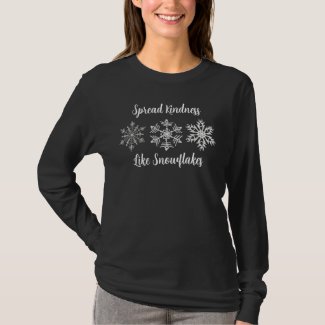
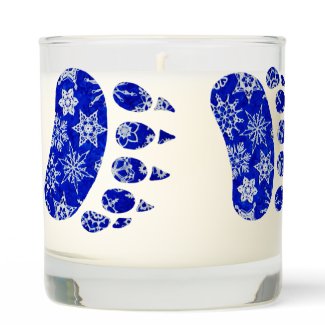


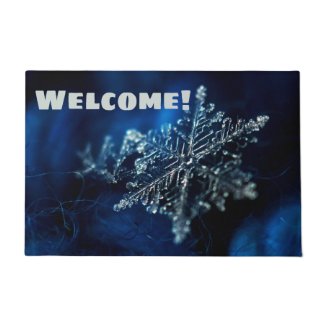











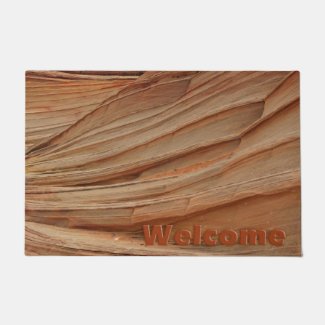
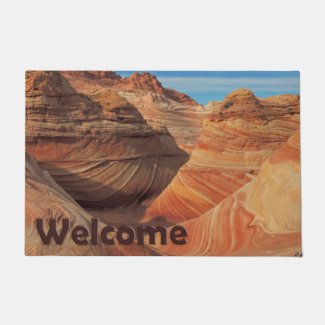
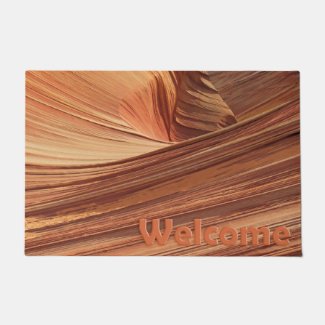
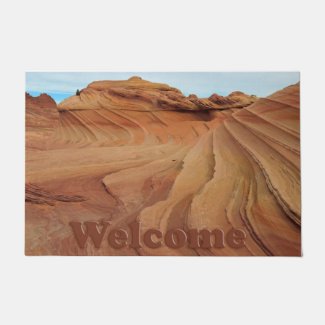
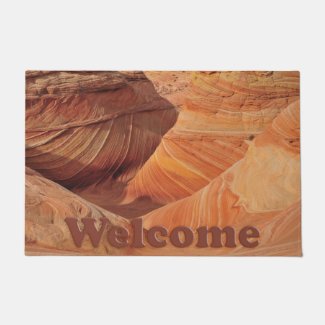
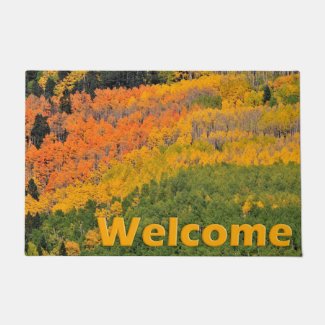
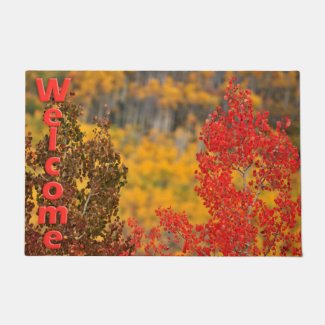
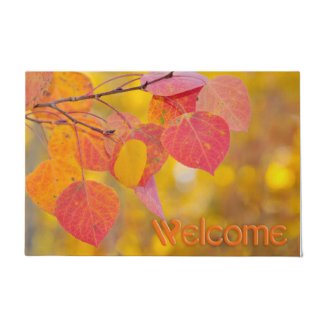
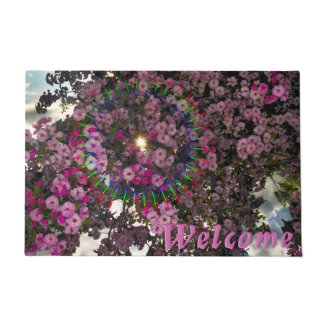
Wow, those beads are perfect for the stamens! What a gorgeous representation of this fascinating flower.
ReplyDeleteHere's an interesting bit of spiderwort info from my wildflower book ("Wildflowers of Wisconsin" by Stan Tekiela): "When this plant is exposed to air pollution, its flowers change from blue to purple; therefore, it has recently been used as a barometer for air quality."
Around here, most years, the spiderwort starts out very blue but as the season progresses more and more of the blossoms are purple; this year we have a lot of much paler purple blossoms. I don't know if this is an air quality issue, or a variation in the species. (Just did a bit of googling, and I think the paler purple blossoms may actually be Tradescantia ohiensis as opposed to T. occidentalis - which also grows here.)
Spiderwort look very interesting when they've gone to seed, as each flower turns into a pea-sized or larger dark brown-to-black seed head, so you can often see a striking stand of many spiderwort plants all clustered with seed heads.
:)
Wow, thanks for all that input, Sue! And so good to see you here again!!! :)
DeleteI guess that means Hardscrabble Pass has no air pollution, at least not enough to affect the color. They were blue, blue, blue! Almost electric blue! So gorgeous!
Sure sounds like all came together in a way that made you want to create. Can't go wrong with blue either.
ReplyDeleteThanks, Pat! I agree... Can never go wrong with blue!
Delete